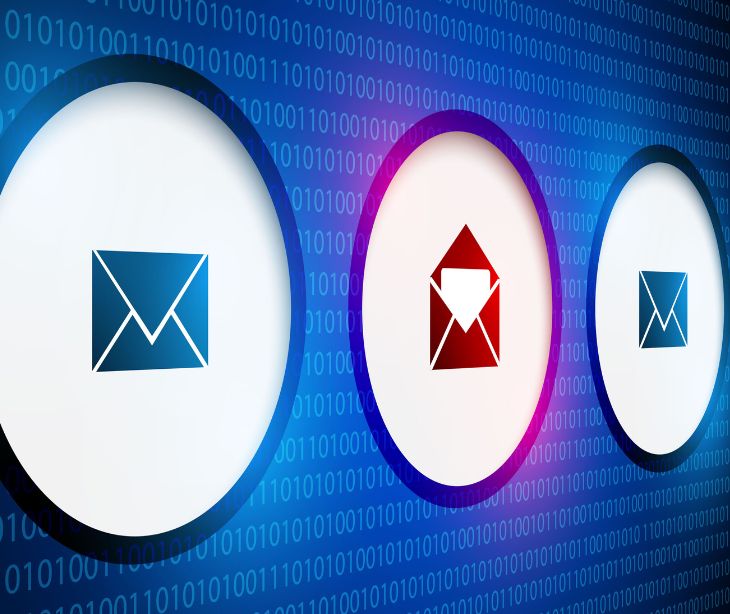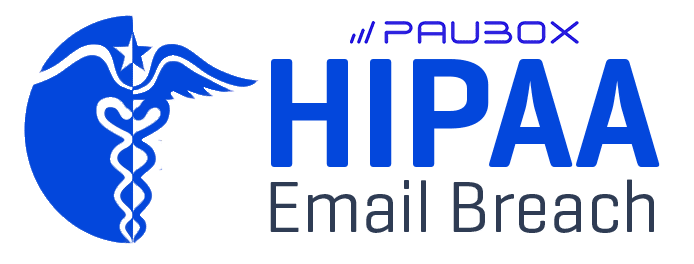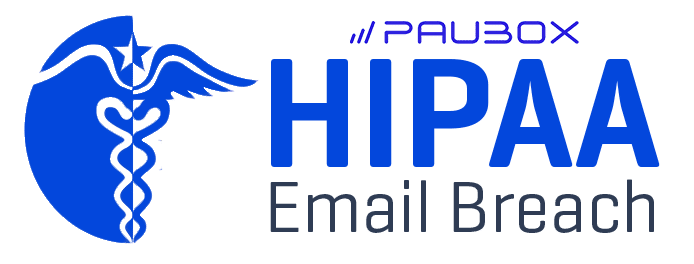
Data breaches can have significant impacts on email communication within healthcare organizations. A data breach often leads to sensitive patient information stored in emails becoming vulnerable to unauthorized access, manipulation, or exposure.
What is a data breach?
A data breach is a security incident where sensitive and confidential information, often known as protected health information (PHI) is accessed, disclosed, or exposed without authorization. This breach can occur due to cyberattacks, hacking, unauthorized access, insider threats, or even unintentional actions. Data breaches pose a particularly grave concern in the healthcare sector due to the wealth of personal and medical information involved.
See also: What is a data breach?
The impact of data breaches on email communication
Past communications
When a data breach occurs, the security of past email communications becomes compromised. Personal and medical information in these emails, including patient diagnoses, treatment plans, prescription details, and other PHI, can be exposed to unauthorized parties. This confidential data breach jeopardizes patient privacy and opens the door to potential identity theft, fraud, and misuse of sensitive medical information. Additionally, the historical record of email communications can provide cybercriminals with insights into vulnerabilities, strategies, and potentially exploitable points within a healthcare organization's infrastructure.
In the event of a breach, well-established security protocols enable the organization to promptly detect and respond to the breach, minimizing its extent and potential harm. Effective security measures, such as access controls, encryption, regular security audits, and employee training, contribute to preventing unauthorized access.
Communication after the breach
After a data breach involving email within a healthcare organization, a series of steps are typically taken to address the situation and mitigate potential harm. These steps aim to protect the affected individuals' privacy, comply with regulatory requirements, and restore the security of the breached email system. First, the organization's incident response team, which may include IT professionals, legal experts, and communication specialists, is activated. The breach is then contained by isolating compromised accounts or systems to prevent further unauthorized access. Simultaneously, affected individuals are identified, and notifications are sent to inform them of the breach and provide guidance on protective measures.
In the aftermath of the breach, healthcare organizations should take steps to enhance email security, which might involve strengthening access controls, implementing encryption for sensitive data, and providing additional training to staff to prevent similar incidents in the future.
See also: New analysis shows common causes of data breaches in 2023
What forms of PHI within email are at risk during a data breach?
- Demographic Information
- Medical Records
- Medical Images
- Laboratory Results
- Prescription Information
- Billing and Insurance Information
- Treatment Information
- Genetic Information
- Mental Health Information
- Substance Abuse Records
Ways to mitigate data breach risks to email communication
- Strong email security measures: Implement robust email security protocols, including encryption, secure connections (SSL/TLS), and multi-factor authentication (MFA) to prevent unauthorized access and interception of sensitive information.
- Patch management: Keep email servers and software up to date with the latest security patches to address known vulnerabilities and reduce the risk of exploitation by cyber attackers.
- Email filtering: Implement advanced email filtering solutions to detect and filter out phishing emails, malware, and malicious attachments before they reach recipients' inboxes.
- Data loss prevention (DLP) tools: Utilize DLP tools to monitor outgoing emails for sensitive data and prevent unauthorized transmission of such information.
- HIPAA compliant email vendors: HIPAA compliant email service providers are useful and provide an easy and effective method of maintaining HIPAA compliance. It is still, however, necessary to conduct thorough security assessments to ensure their systems adhere to stringent security standards.
Subscribe to Paubox Weekly
Every Friday we'll bring you the most important news from Paubox. Our aim is to make you smarter, faster.




